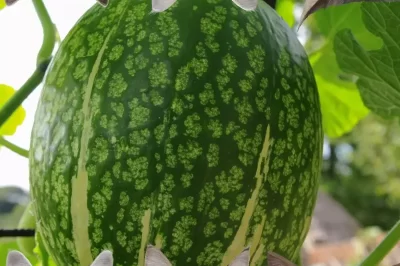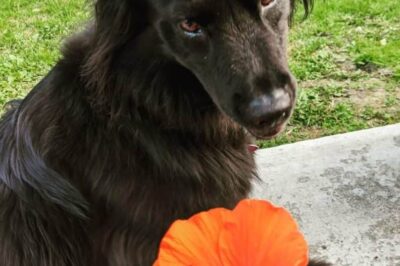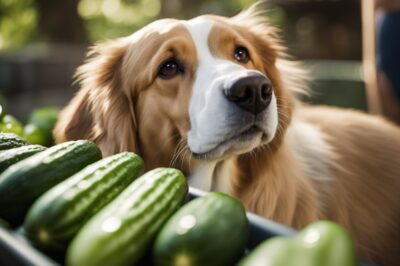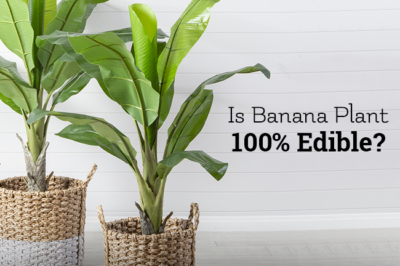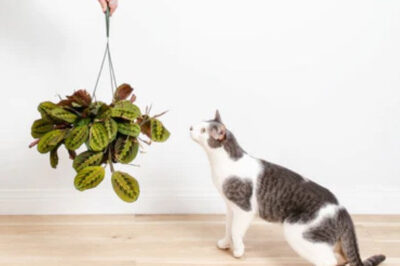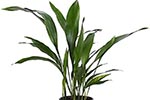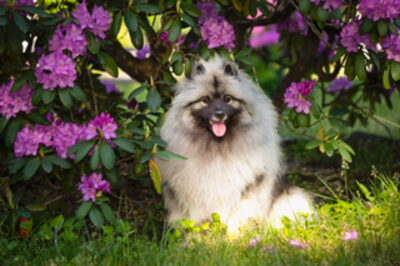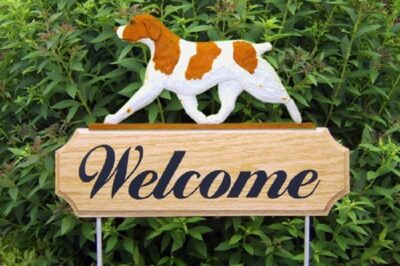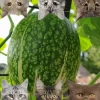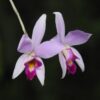Pet Safe Gardens
pet safe gardening tips for those who want to create a pet friendly garden to enjoy that is dog safe and cat safe filled with non toxic plants and flowers both annual and perennial
-
Fig Leaf Gourds: Identify for Pet Safety, Edible Uses, Growth & Pollination Tips
Explore fig leaf gourds—safe for pets, versatile in the kitchen, and a striking garden addition. Learn about their growth needs, from sun exposure to water requirements, and discover pollination secrets to maximize your harvest. Uncover everything you need to know about nurturing these unique plants…
-
Identify Hairy Willow Herb (Fireweed) in UK & Scottish Gardens: Native vs Invasive, Pet Safety & Culinary Uses
Discover the Great Hairy Willow Herb, also known as Fireweed, a striking plant native to the UK. With tall hairy stems and deep pink flowers, it thrives in UK gardens. Learn to identify its benefits and manage its invasive nature, ensuring a safe space for pets and culinary uses…
-
ASPCA Safe Hibiscus Varieties for Cats & Dogs: Creative Uses, Health Benefits & Care Tips
Hibiscus brightens homes and gardens, offering tropical flair. Generally safe for pets, with most varieties non-toxic, ingestion in excess might cause stomach upset. Hibiscus tea offers human health benefits, but is unsuitable for pets. Care includes indirect sunlight and regular watering to ensure vibrant blooms…
-
Gherkins in Pet Safe Residential Gardens Tips: Comparisons, Benefits vs Risks of Cucumis Sativus to Dogs, Cats & Rabbits
Gherkins, small and firm cucumbers, are perfect for pickling but can present risks to pets. While non-toxic in their natural state, the pickling brine can be harmful. Learn about growing gherkins in pet-safe gardens and distinguish them from cucumbers, enhancing both gardening and culinary experiences…
-
Dogs & Cats Safe Lily of the Valley Orchid (Dendrobium monophyllum): Care for Non-Toxic Perennial from ASPCA List
Ensure your pets’ safety with non-toxic plants like the Lily of the Valley Orchid. The ASPCA identifies this orchid as pet-friendly, minimizing risks while enhancing home beauty. Choose wisely to protect your furry friends from harmful toxins and create a safe, lush oasis they can explore…
-
Can Cats & Dogs Eat Honeydew: Health Comparison & Grow Tips vs Watermelon, Cantaloupe & Canary Melons
Honeydew melons are safe for cats and dogs and offer health benefits like beta-carotene and vitamin C. These melons, milder and less sugary than watermelon or cantaloupe, should be served in moderation. Ensure it’s organic and ripe for optimal taste and safety for pets…
-
ASPCA Nontoxic Edible Banana for Pets: Grow Tips, Health Benefits for Dogs, Cats, Rabbits & Birds
Banana plants are non-toxic to pets like dogs, cats, rabbits, and birds. While safe, avoid peels due to digestive issues. Bananas offer health benefits but should be given in moderation. Learn how these fruits can be a delicious and safe treat for your pets by exploring more…
-
Calathea Plant Care & Pet Safety: Indoor/Outdoor Placement, Benefits & ASPCA Non-Toxic Varieties
Calathea plants are a pet-friendly choice, offering non-toxic beauty to homes with cats and dogs. With unique foliage and air-purifying qualities, they thrive indoors and outdoors. Learn about care tips and ASPCA-approved Calathea varieties that ensure a vibrant, safe environment for your furry companions…
-
Cast Iron Plant & Pet Safety: Sun vs Shade, Winterizing, Air Purification & Bug Control
The Cast Iron Plant is a resilient, pet-friendly houseplant, perfect for low-light areas. Its non-toxic nature ensures pet safety, while also enhancing air quality. Learn how it thrives in shaded spots, handles winter, and serves as a natural bug control solution…
-
Best Garden Ideas for Brussels Griffons: Fence, Surface & Dog Safe Plants for Enrichment & Cool Outdoor Fun
Explore how to create the perfect yard for your Brussels Griffon with secure fences, dog-safe plants, and engaging outdoor spaces. Discover tips on maintaining a safe environment that encourages play and stimulates your furry friend’s senses, ensuring a joyful and enriching outdoor experience…
-
Garden Tips for Keeshonds Owners: Fencing, Plant & Surface Selection for Safety & Cool Enrichment
Designing a dog-friendly garden for your Keeshond involves creating a secure and enriching environment. Ensure a sturdy 4-6 foot fence, choose durable surfaces, incorporate shade, and select safe plants. This will provide your Keeshond with a stimulating and safe outdoor haven…
-
Best Dog-friendly Yard for Brittanys: Keep Your Brittany Entertained & Safe with Dog-Proof Design
Brittany Spaniels need a safe, engaging yard to thrive. Ensure your yard features secure fencing, ample space, and dog-safe ground cover. Incorporate enrichment activities like toys and agility courses to keep your energetic companion entertained and happy. Create the ultimate play zone for your furry friend…
